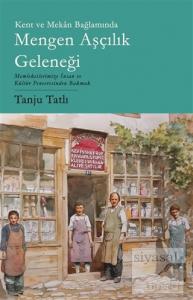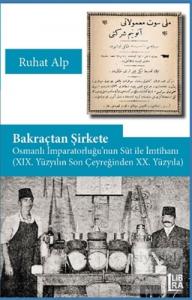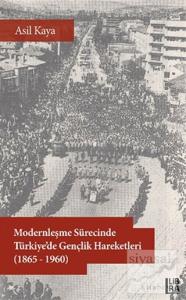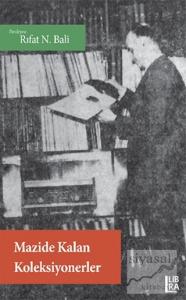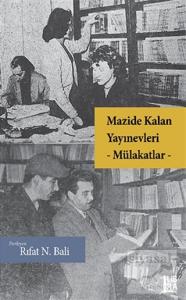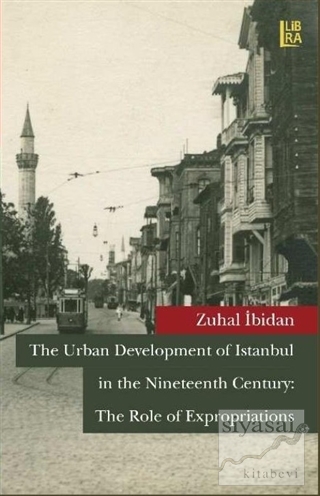
After the proclamation of the Tanzîmât Edict, the government wanted to re-arrange the city. To this end, the Building and Expropriation Regulations that determined how modern city planning would be made as of 1840 were published. It was clearly stated that the government would base expropriations made to expand roads, allotment of burnt areas again, determination of construction rules, and opening the areas where reconstruction was not allowed to settlement,in essence all new urban development activities on these new laws.
While expropriations were carried out, it was emphasized that, especially when for “public interest”, the operation would be made with the consent of the landowner and after the preparation of maps. All of these can be said to be the reflections of modernity. This book examines the expropriation activities which were the most important tools for the government in the process of reconstruction implemented in Istanbul in the nineteenth century. It argues that the urban development which is at the intersection of centralization and modernization, and the concept of modern expropriation was a consequence of the change in the perspective and the understanding of the Ottoman government.
Additionally, in the book, while the concept of modern expropriation is being evaluated in relation to the transformation in the governmental and legal mentality, the economic and social aspects of the expropriations are also emphasized. Other reconstruction processes occurring in other cities in the Ottoman Empire and other European cities which were taken as models in the reconstruction process of the capital city were investigated and documented here for the sake of approaching the expropriations from a comparative angle. This book aims to offer a holistic addition to literature on the urban history of Istanbul in the nineteenth century
After the proclamation of the Tanzîmât Edict, the government wanted to re-arrange the city. To this end, the Building and Expropriation Regulations that determined how modern city planning would be made as of 1840 were published. It was clearly stated that the government would base expropriations made to expand roads, allotment of burnt areas again, determination of construction rules, and opening the areas where reconstruction was not allowed to settlement,in essence all new urban development activities on these new laws.
While expropriations were carried out, it was emphasized that, especially when for “public interest”, the operation would be made with the consent of the landowner and after the preparation of maps. All of these can be said to be the reflections of modernity. This book examines the expropriation activities which were the most important tools for the government in the process of reconstruction implemented in Istanbul in the nineteenth century. It argues that the urban development which is at the intersection of centralization and modernization, and the concept of modern expropriation was a consequence of the change in the perspective and the understanding of the Ottoman government.
Additionally, in the book, while the concept of modern expropriation is being evaluated in relation to the transformation in the governmental and legal mentality, the economic and social aspects of the expropriations are also emphasized. Other reconstruction processes occurring in other cities in the Ottoman Empire and other European cities which were taken as models in the reconstruction process of the capital city were investigated and documented here for the sake of approaching the expropriations from a comparative angle. This book aims to offer a holistic addition to literature on the urban history of Istanbul in the nineteenth century





